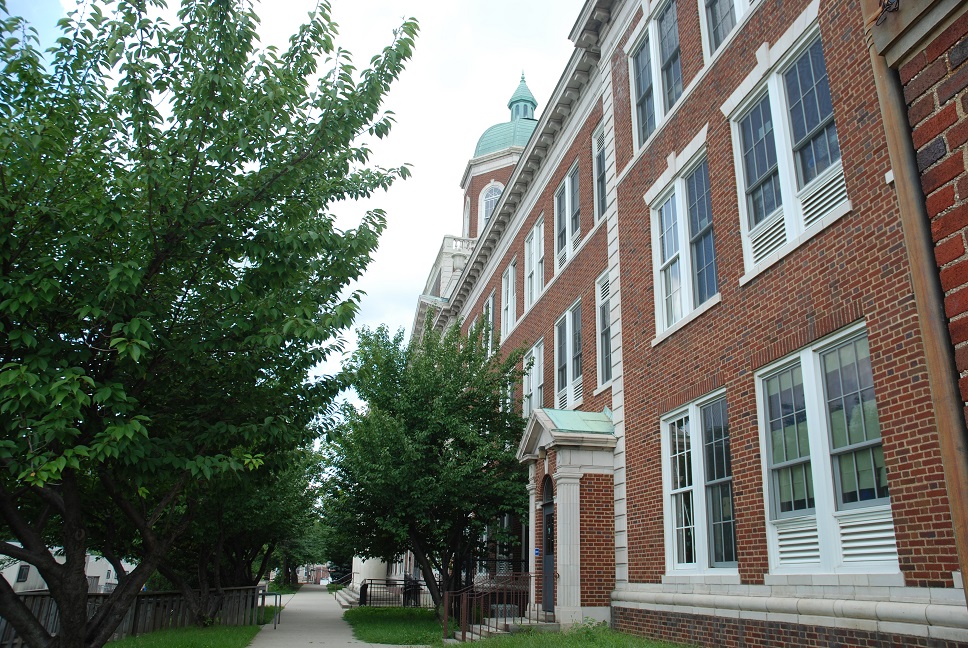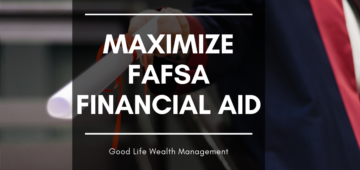The size of student loans has grown tremendously in recent years. Many college graduates are finishing school with $100,000 or more in debt, especially those who pursue graduate degrees. It is becoming a substantial problem, one which is impacting a whole generation’s ability to become wealthy. Perhaps for the first time in American history, our young people face a tougher road to prosperity than their parents did.
With higher unemployment today for new graduates, and stagnant entry-level wages in many fields, it can be a significant burden to repay student loans, let alone save money for a 401(k), get a home mortgage, or do any of the financial planning steps I typically write about. For those who are struggling with their student debt, there are a number of student loan forgiveness and repayment programs which can help.
Student loan strategies are becoming an important part of financial planning, given the weight of this debt on young people. At Good Life Wealth Management, we’re prepared to help recent college graduates navigate these issues, as well as to work with parents who want to ensure their children get started on a path to prosperity. If your financial advisor doesn’t know about these programs, you need a new financial advisor! Here is an introduction to four loan forgiveness and repayment programs available today.
1) Public Service Loan Forgiveness (PSLF) Program. This program will forgive 100% of your eligible loans after you make 120 payments (i.e. 10 years of monthly payments), while employed full-time in a public service job. To qualify, you should use one of: the Federal Income-Based Repayment (IBR) Plan, the Pay as You Earn Repayment Plan, or the Income-Contingent Repayment (ICR) Plan.
Only loans received through the William D. Ford Federal Direct Loan Program eligible for the PSLF. However, if you have Perkins or FFEL loans, you may consolidate them into a Direct Consolidation Loan and then they will become eligible for the PSLF.
Public service jobs include those with a federal, state, or local government agency or public school or library. Additionally, a full-time job with any 501(c)(3) non-profit organization is also considered a public service job, regardless of what the organization does. For my musician colleagues, please note that a full-time position with a symphony orchestra, opera company, private university, or music school, would all qualify for the PSLF, provided the employer is a 501(c)(3). Likewise for employees who work full-time for an animal shelter or rescue group.
Payments made after October 1, 2007 may qualify for the PSLF. For further details on the program as well as instructions on how to verify and record your eligibility, please visit the Federal Student Aid Website.
2) Maximum repayment periods on Federal income-driven plans. If you participate in one of the three Federal income-driven plans, there is a maximum amount of time under these loans. If you still have a balance remaining at the end of that term, your balance will be forgiven. Please be aware that the amount of the loan forgiveness will be considered taxable income in that year and reported to the IRS.
Here are the maximum repayment periods:
IBR for new borrowers after July 1, 2014: 20 years
IBR for borrowers before July 1, 2014: 25 years
Pay as You Earn Plan: 20 years
ICR Plan: 25 years
Individuals who are making small payments under an income-driven plan sometimes find that their balances are actually growing rather than shrinking. While I’m not sure it’s a good idea to minimize your income for 20-25 years to qualify for this program, you may take some solace in knowing that your debt will eventually be forgiven as long as you continue to make on-time payments.
For details, visit this page on the student aid website.
3) Loan Forgiveness for Teachers. There are several programs offered by both Federal and State governments to offer loan forgiveness to public school teachers. Some of these programs are used to attract teachers in specific high-demand subjects, or to low-performing schools which struggle to attract qualified candidates. In addition to the PSLF described above in #1, teachers in Texas may be eligible for the Federal Teacher Loan Forgiveness Program, or the TEACH for Texas Loan Repayment Assistance Program, Details available on the Texas Education Agency Website.
4) Military College Loan Repayment Program (CLRP). Several branches of the military offer a loan repayment program to new enlisted personnel (not officers). The Army and Navy will repay up to $65,000 in student loan principal (but not interest), paying one-third at the end of your first three years of enlistment.
Payments are made directly to the lender, but are considered taxable income to the individual. For general information on the program, here is a good article on the CLRP. For details on the Army program, click here.
Using a loan forgiveness program could save you $50,000 or more, and allow you to move forward with your other financial goals, such as building an emergency fund, saving for retirement, or buying a home. Since each program has very specific requirements, it’s best to plan ahead and know which program you may be eligible for, and make sure you follow the rules carefully.
Several of these programs apply only to Federal Student loans. Be careful about consolidating your Federal loans into a private bank loan as this could cause you to lose your eligibility for a forgiveness or repayment program.





